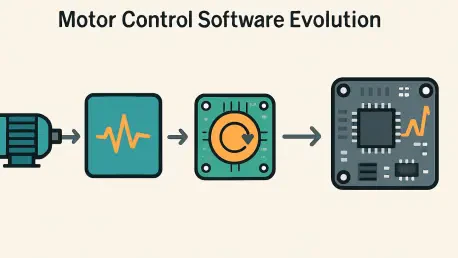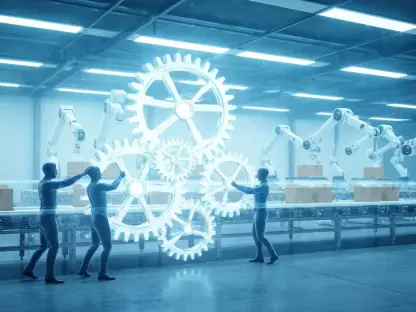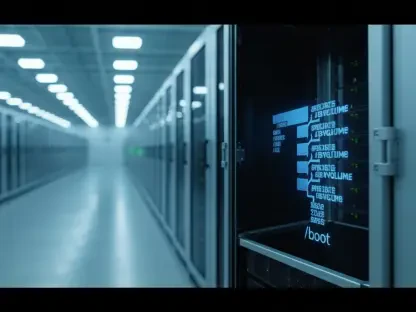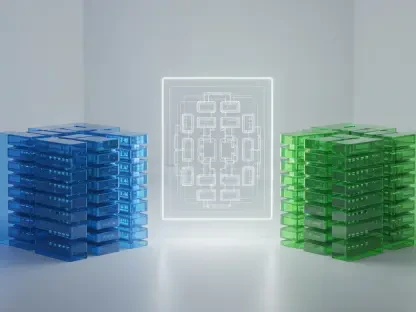In the dynamic landscape of technological innovation, motor control software presents a pivotal force set to transform multiple industries by 2032. As society increasingly prioritizes automation and sustainable practices, this software emerges as a critical component for enhancing system efficiency, reducing consumption, and minimizing downtime. With projected market growth from USD 2.42 billion in 2024 to USD 4.49 billion by 2032, questions arise about how motor control software will redefine manufacturing, automotive, energy, and consumer sectors. The significance lies not just in financial metrics but in the profound impact on global industries, marking a new era of precision and responsiveness in motor operations, driven by intelligent algorithms and connectivity protocols.
Industry Drivers and Developments
The momentum behind the motor control software market is largely fueled by industrial automation trends, evolving to meet the demands of the fourth industrial revolution. Also known as Industry 4.0, this era places emphasis on intelligent solutions across manufacturing and logistics sectors, leading to advances in productivity and a reduction in human error. The software’s integration into these systems facilitates enhanced control and management, effectively responding to the complex needs of modern industrial environments.
Simultaneously, there is an increasing drive toward energy efficiency, catalyzed by heightening environmental concerns and regulatory requirements. Companies are compelled to embrace energy-efficient motor control systems as a means to meet global sustainability goals. Such systems not only diminish power usage but also curtail emissions, proving indispensable for aligning with both environmental standards and corporate responsibility objectives. As these dual forces of automation and efficiency converge, motor control software’s role becomes ever more integral to industry advancement and innovation.
Market Segmentation and Insights
To navigate the market’s intricate landscape, it’s essential to understand its segmentation, which illuminates the diverse applications and capabilities of motor control software. The applications span across industrial automation, electric vehicles (EVs), HVAC systems, renewable energy systems, consumer electronics, medical devices, and smart buildings. Each sector harnesses the software’s unique attributes to enhance operational efficiency and innovation. By motor type, segments include AC, DC, Servo, and Stepper motors, showcasing the flexibility and adaptability of motor control solutions to various mechanical needs.
Further segmentation arises in control algorithms encompassing methods such as Field Oriented Control (FOC), Scalar control, Direct Torque Control (DTC), and Sensorless vector control. This categorization allows for tailored solutions that address specific performance and functionality requirements. Connectivity choices—wired and wireless—such as Ethernet, RS485, CAN, Bluetooth, and Wi-Fi, demonstrate the growing need for seamless integration and real-time data monitoring. Industries worldwide leverage these facets to align strategy with technological capabilities, fostering competitive advantage and innovation.
Regional Trends and Global Impact
On the regional stage, nuances and dynamics within the motor control software market vary significantly. North America emerges as a frontrunner, propelled by its strong industrial internet of things (IoT) and electric vehicle segments, noted particularly in automotive and aerospace industries. Europe follows suit, influenced greatly by stringent energy regulation and electric vehicle focus, with countries like Germany, France, and the UK leading in adoption and innovation.
In Asia-Pacific, the potential for growth is immense, with high-volume manufacturing and a surge in electric vehicle production positioning China, India, South Korea, and Japan as pivotal players. Meanwhile, South America and the Middle East & Africa are also witnessing increasing demand, bolstered by burgeoning industries such as mining, agriculture, and oil & gas. These regional insights underscore the widespread influence of motor control software and its critical role in addressing diverse industrial challenges across continents.
Opportunities and Future Considerations
Looking ahead, the motor control software market is rife with opportunities that promise to redefine industry practices. The electrification of vehicles acts as a significant catalyst, demanding tailored software solutions for EV powertrains and auxiliary systems. As electric vehicles continue to permeate the market, the need for specialized motor control solutions will correspondingly rise, highlighting a key area for innovation and development.
Industrial robotics also presents a burgeoning avenue, with collaborative and autonomous robots becoming increasingly prevalent. Motor control software’s ability to offer precision and adaptability aligns perfectly with the needs of these robotic systems, opening new pathways for efficiency in manufacturing settings. In renewable energy, motor control software plays a crucial role in optimizing solar trackers and wind turbines, reinforcing its importance in the sustainable energy landscape. As industries continue to evolve, the focus will remain on harnessing these opportunities to drive technological advancement and promote environmental sustainability.
Conclusion
In the rapidly evolving realm of technological innovation, motor control software is positioned as a transformative element poised to revolutionize numerous industries by 2032. As society increasingly values automation and sustainable practices, this software becomes crucial for boosting system efficiency, curbing resource consumption, and reducing operational downtime. The market is expected to grow from USD 2.42 billion in 2024 to USD 4.49 billion by 2032, sparking discussion on its potential to reshape sectors including manufacturing, automotive, energy, and consumer goods. Beyond financial statistics, the significance lies in its profound impact on global operations, ushering in a new era of precision and increased responsiveness in motor functions, powered by advanced algorithms and modern connectivity protocols. This technological leap not only enhances productivity but also aligns with broader environmental goals, setting the stage for ongoing innovation and adaptation in line with future needs.









